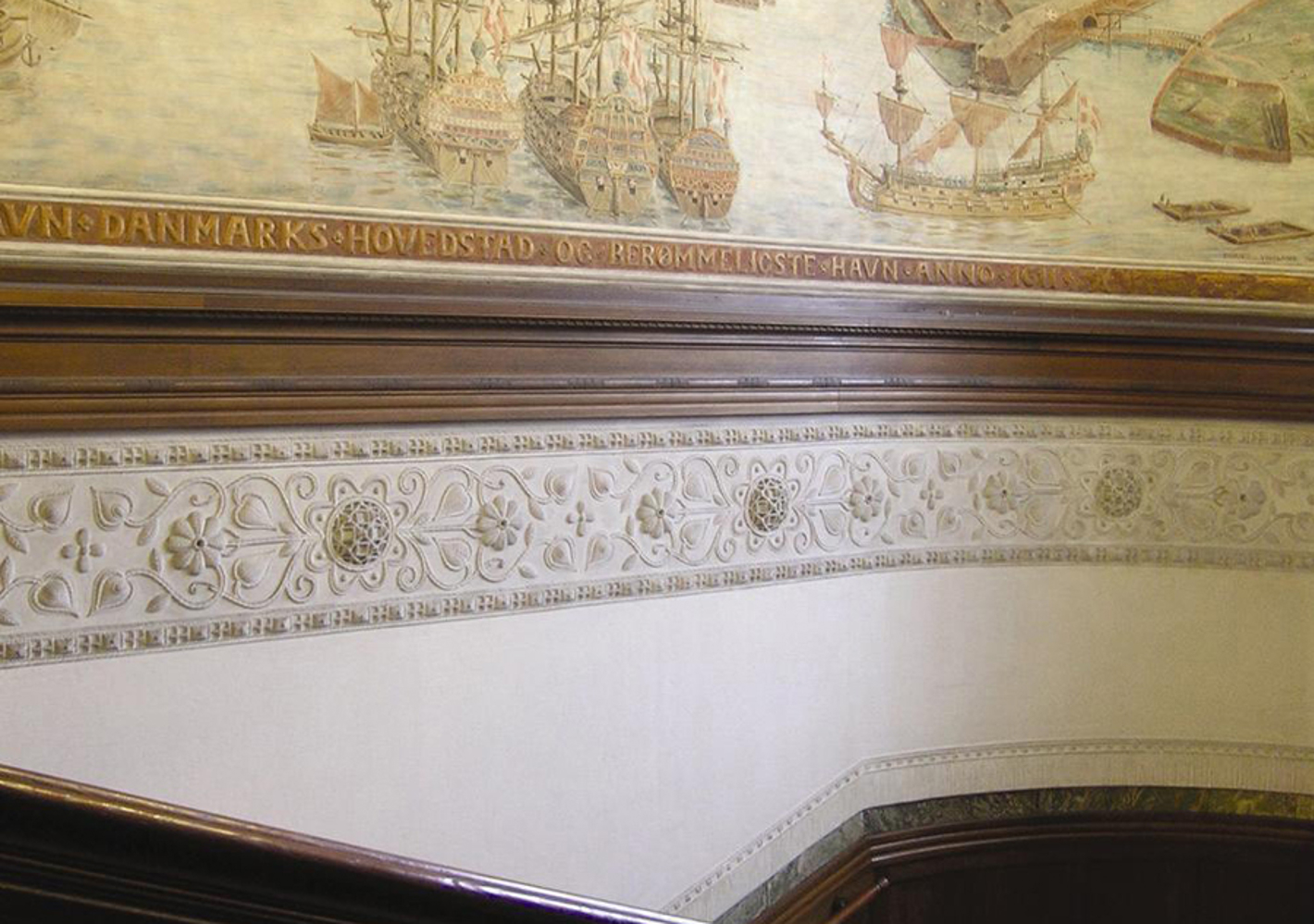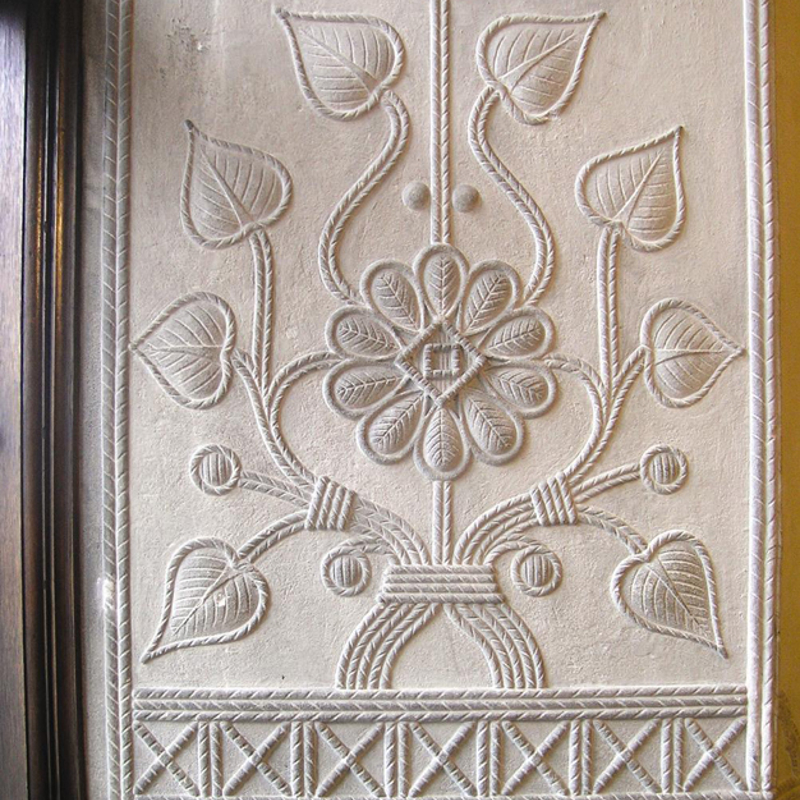Wet nurses and Maids
Throughout the 19th century, many young women traveled to Copenhagen to work as maids and wet nurses. At an exhibition in 1812, a typical bonnet from the Hedebo area was referred to as a wet nurse’s bonnet. Paintings from the Danish Golden Age by Vilhelm Marstrand depicted wet nurses wearing Hedebo folk costumes. This has led to the conclusion that wet nurses from the Hedebo area were highly valued in Copenhagen. Perhaps the wealthy families who hired them believed that the well-nourished women from the heath also had healthy and abundant breast milk. Wet nurses were considered privileged members of a household, in contrast to other domestic servants. This distinction was reflected in their uniform and employment contract. One can also assume that the wet nurse gained special insight into the bought or sewn embroideries of the lady of the house.
Inspiration
In the 19th century, there was an overlap between those who hired wet nurses for their newborns in Copenhagen and those who traveled throughout Europe, drawing inspiration from foreign artisan craftwork. Europe, drawing inspiration from foreign artisan craftwork. One can imagine that the trained eye of the wet nurse would notice both familiar and new elements in the textiles of the lady of the house, and that she would quickly try to incorporate these into her own Hedebo embroidery. This likely contributed to the development of new variations and techniques. In the second half of the 19th century, more and more women from Copenhagen discovered the appeal of Hedebo embroidery. They purchased Hedebo textiles, now crafted by skilled needlewomen following designs that matched the house interiors and clothing styles of the middle classes. At the beginning of the 20th century, it became fashionable for middle class women to learn to sew Hedebo Embroidery according to patterns published by organisations such as the Society for the Promotion of Hedebo Embroidery.
Copenhagen City Hall
In 1907, the Society for the Promotion of Hedebo Embroidery was established on the initiative of architect Martin Nyrop. In the 1890s, he created drawings for a proposed new city hall in Copenhagen. Hedebo embroidery inspired his designs for the stucco and other decorative elements on the staircases, galleries, and in the offices. The decoration of the brass door handles on the main entrance also reflects the unique patterns of Hedebo embroidery. This decoration can still be seen today in Copenhagen City Hall.

